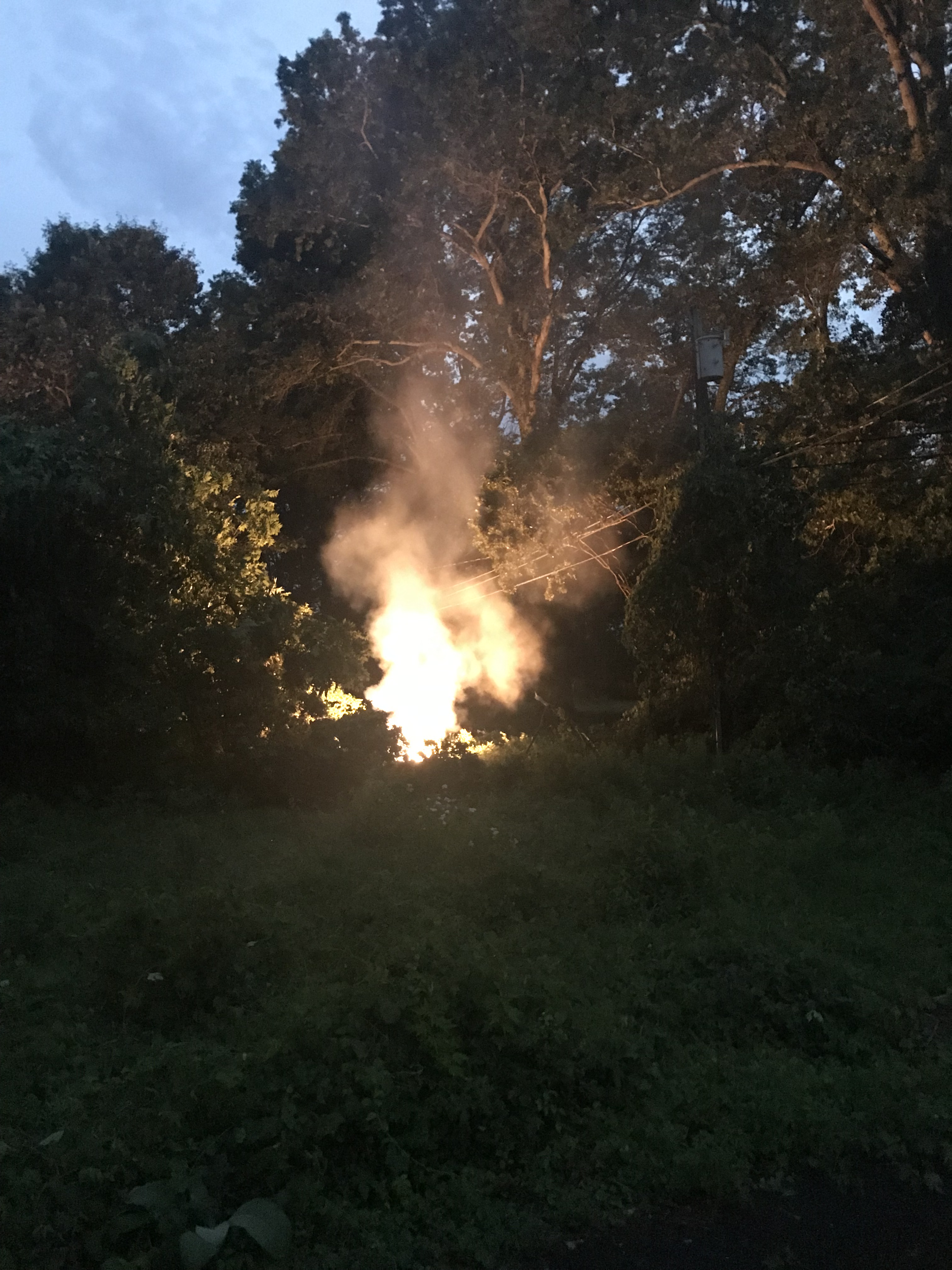High Winds And Fast-Moving Storms: A Guide To Safety

Table of Contents
Preparing Your Home for High Winds and Fast-Moving Storms
Thorough preparation is the cornerstone of safety during high winds and fast-moving storms. Taking proactive steps to secure your property and create a comprehensive emergency plan can significantly reduce the risk of damage and injury.
Securing Your Property
Storm preparedness begins with securing your home and its surroundings. Wind damage prevention is key, and this involves several crucial steps:
-
Reinforce Loose Objects: Anything that could become airborne – garden furniture, garbage cans, grills, even lightweight building materials – should be secured or brought inside. Use strong straps or ropes to tether these items to stationary objects. Consider storing them in a shed or garage if possible. Improperly secured items can become dangerous projectiles during high winds.
-
Trim Trees and Branches Near the House: Overhanging branches can easily break and cause significant damage to your home during a storm. Regularly prune trees and shrubs around your house, removing any branches that are close to the structure. Consider hiring a professional arborist for larger trees.
-
Secure Outdoor Furniture: Patio furniture, deck chairs, and other outdoor furnishings are easily tossed around by strong winds. Secure these items with straps or bring them indoors. Heavier items should be anchored to the ground using strong stakes or weights.
-
Board Up Windows (If Necessary): In the event of an impending hurricane or particularly strong storm, consider boarding up windows. This is especially important for those living in vulnerable coastal areas. Use plywood sheets or commercially available storm shutters. Make sure the boards are securely fastened to withstand high winds.
-
Protect Your Garage Door: Garage doors are often vulnerable to high winds. Reinforce them with additional bracing or use a specially designed storm brace. A detached garage is particularly vulnerable and may require extra attention to securing its doors and structure.
Creating an Emergency Plan
A well-defined emergency plan is essential for family safety during high winds and fast-moving storms. This plan should cover communication, shelter, and supplies:
-
Establish a Communication Plan: Designate an out-of-area contact person who family members can call to check in. Have a pre-arranged meeting place in case you get separated. Ensure everyone knows the plan.
-
Identify a Safe Room: Designate a room in your home that's most structurally sound and away from windows. This is your "safe room" where you'll shelter during the storm. This could be an interior hallway or a small, interior room.
-
Gather Emergency Supplies: Assemble an emergency kit including at least a three-day supply of water (one gallon per person per day), non-perishable food, a first-aid kit, flashlights, extra batteries (consider long-lasting alkaline batteries), a battery-powered radio, and any necessary medications.
-
Have a Backup Power Source: A portable generator can provide power for essential appliances during a power outage. However, ensure it's properly ventilated and used according to the manufacturer’s instructions.
Staying Safe During High Winds and Fast-Moving Storms
Once a storm is imminent, your focus shifts to staying safe during its duration.
Monitoring Weather Reports
Staying informed is vital. Pay close attention to official weather alerts and warnings:
-
Pay Close Attention to Weather Alerts and Warnings: Monitor your local news channels, weather radio, or reputable weather apps for the latest updates. Understand the difference between a watch (conditions are favorable for a storm) and a warning (a storm is imminent).
-
Understand the Different Levels of Storm Warnings: Familiarize yourself with the specific warning levels used in your region. These levels usually indicate the severity and potential impact of the storm.
-
Know Your Local Evacuation Routes: If you live in a high-risk area, familiarize yourself with evacuation routes and have a plan for where you'll go if evacuation is necessary.
Taking Shelter
When a storm hits, immediate action is crucial.
-
Move to Your Designated Safe Room: Immediately move to your pre-determined safe room and remain there until the storm passes.
-
Stay Away From Windows: Windows are vulnerable to breaking during high winds. Stay away from them and seek shelter in the most interior part of your safe room.
-
Protect Yourself from Flying Debris: Use blankets, pillows, or mattresses to create a barrier against flying debris. If you have a sturdy basement, that is an ideal place for shelter.
-
Turn Off Utilities If Instructed: If instructed to do so by authorities, turn off your gas, electricity, and water to prevent further damage or hazards.
After the Storm: Assessing and Recovering
Once the storm passes, the focus shifts to assessing the damage and seeking assistance.
Checking for Damage
Post-storm safety is paramount. Proceed with caution when inspecting your property:
-
Inspect Your Home for Damage: Carefully inspect your home for structural damage, broken windows, downed power lines, and other potential hazards.
-
Avoid Downed Power Lines: Never approach or touch downed power lines. They can be live and extremely dangerous. Report them immediately to your local utility company.
-
Check for Gas Leaks: If you suspect a gas leak, immediately evacuate your home and contact your gas company.
-
Be Aware of Potential Hazards: Be cautious of broken glass, sharp objects, and other debris that could cause injury. Wear appropriate protective gear, such as gloves and sturdy shoes.
Seeking Assistance
After assessing the damage, don't hesitate to seek assistance if needed.
-
Contact Emergency Services If Necessary: If you have experienced a significant injury or require immediate assistance, contact your local emergency services.
-
Report Damage to Insurance Companies: Report any damage to your home or property to your insurance company as soon as possible. Take photos or videos to document the damage.
-
Seek Help from Local Authorities or Relief Organizations: If you need assistance with cleanup, temporary housing, or other needs, contact your local authorities or relief organizations. Many communities offer support following major storms.
Conclusion:
By following these safety guidelines, you can significantly reduce your risk during high winds and fast-moving storms. Remember to always stay informed about impending severe weather and have a comprehensive plan in place. Start preparing for high winds and fast-moving storms today!

Featured Posts
-
 Aston Villa Vs Manchester United Rashfords Winning Double In Fa Cup
May 20, 2025
Aston Villa Vs Manchester United Rashfords Winning Double In Fa Cup
May 20, 2025 -
 Cote D Ivoire Msc Et Cote D Ivoire Terminal Celebrent L Arrivee Du Diletta
May 20, 2025
Cote D Ivoire Msc Et Cote D Ivoire Terminal Celebrent L Arrivee Du Diletta
May 20, 2025 -
 Agatha Christie L Integrale De Ses Uvres Mysterieuses
May 20, 2025
Agatha Christie L Integrale De Ses Uvres Mysterieuses
May 20, 2025 -
 How Michael Strahans Interview Strategy Won The Ratings Game
May 20, 2025
How Michael Strahans Interview Strategy Won The Ratings Game
May 20, 2025 -
 Fonoi Tampoy Ereynoyntai Nea Krisima Stoixeia
May 20, 2025
Fonoi Tampoy Ereynoyntai Nea Krisima Stoixeia
May 20, 2025
